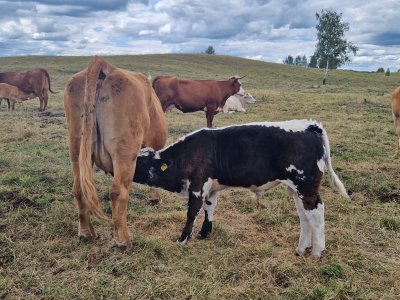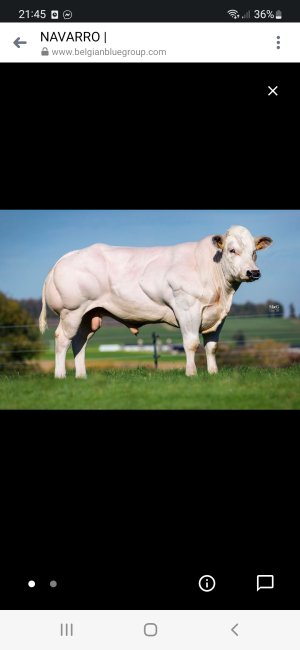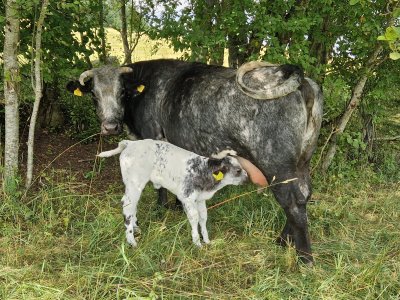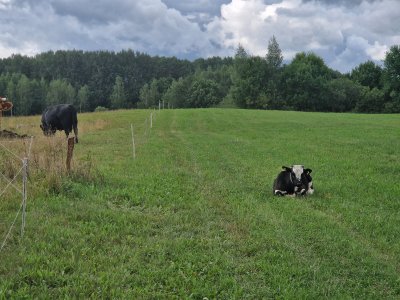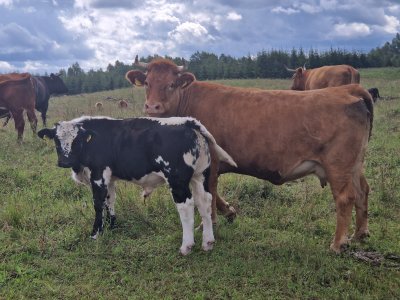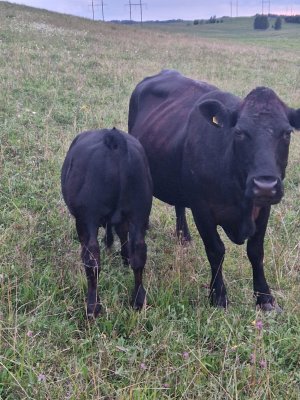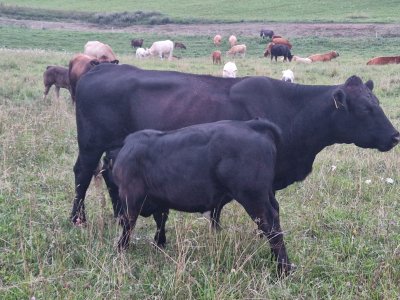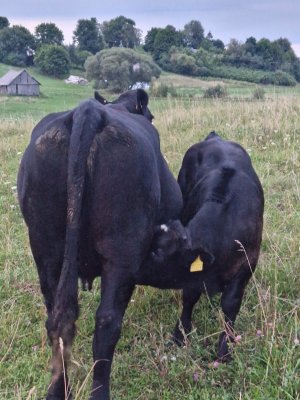I'm curious about the myostatin gene mutation that causes double muscling. Seems an increase in muscle mass would be a desirable trait. European AI centers offer double muscled studs, but Americans seem to have little interest in double muscling. My impression is double muscling does not sell in USA. Is there a commercial market for double muscled cattle in USA?
Goss Limousin {click here} offers F94L limousins, but it seems like a niche market. yes/no ??
I was heavily involved with BB in the early to late eighties. Learned a lot as I was dealing with the Belgian government in an advisory capacity through some Belgians that were involved with Peterson Industries in their genetics efforts with chickens. Peterson was shipping eggs/chicks all over the world with his own jets. One of the biggest sources of meat chicken breeding stock in the world at the time.
The Belgian government is highly involved in genetics. They support the most knowledgeable and intense animal improvement industries in the world, IMO.
By comparison... and I don't like saying it... the United States is lagging behind. Two things that the Belgians seem to be good at in their animal industries is politics and popular opinion. They don't allow these two distractors to define goals or solutions... which is why the U.S. is so fractured in our results.
Many of the people using BB semen in the eighties had poor results. Mainly because they saw BB as taking a chance so they used the semen on their least capable/poor cattle to see what would happen... and they got the expected results.
BB used on large frame animals, and in particular Holsteins, yielded better results and might have been a functional business model if sexed semen was more reliable.
The Europeans I was in contact with had a different business model than we do here. They would cross a BB with a dairy breed and retain the heifers, breeding them for one or two times to raise a calf and sending the cow to slaughter as young cows. All males and F2 heifers were terminal, and the bred F1 heifers were terminal too as their calves were all sent to slaughter.
The biggest obstacle to BB in the States though... was their coloring. Solid white blues would throw piebald, roan, and solid colored calves with no reliable color consistency. Piebald or roan BB would throw the same. American feedlot buyers couldn't see past the colors so the calves would be dinged even though superior in every way to the average American product.
I had some very good results with BB as far as calving, growth, muscling, and final product... but buyers are stuck in their own mindset and the feedlots never caught on to the economic advantages.


